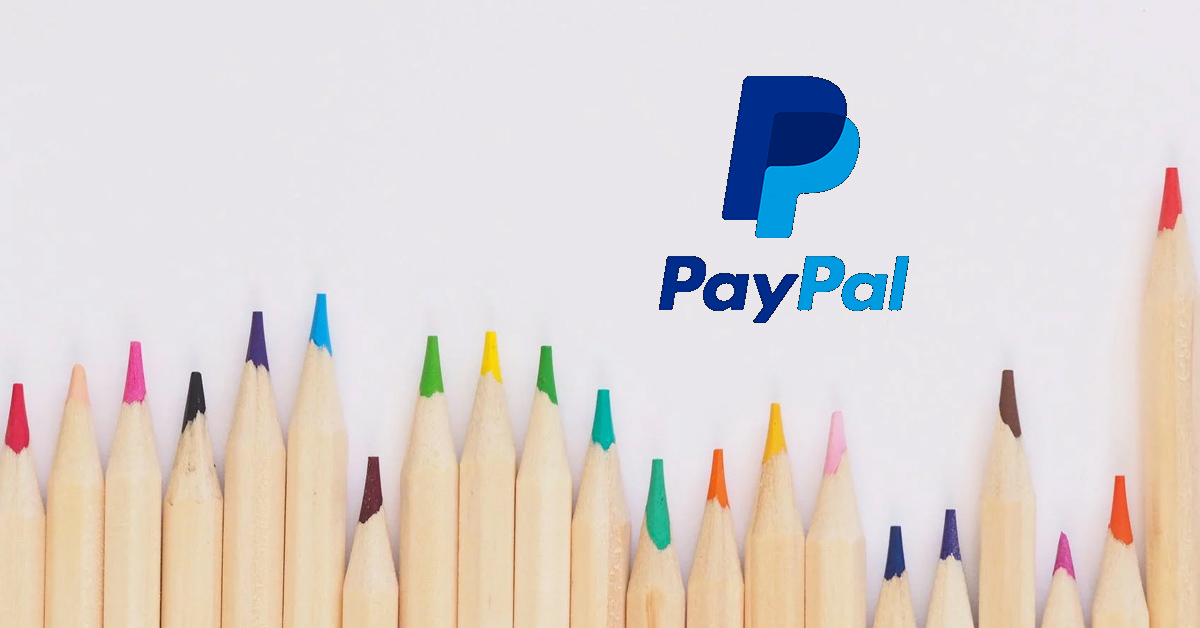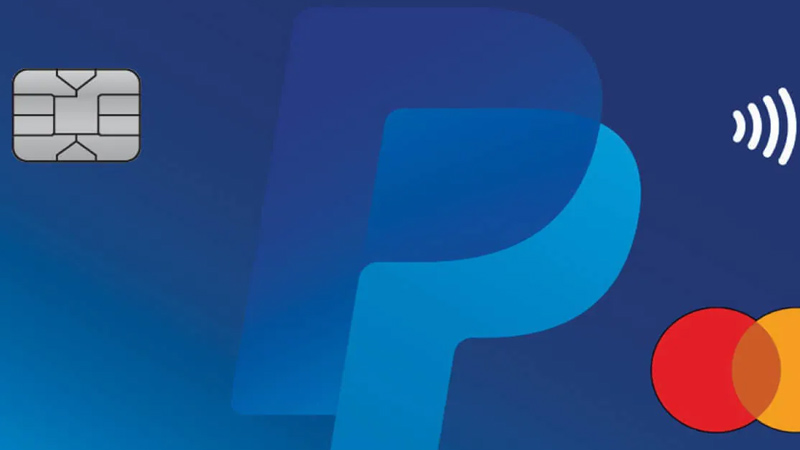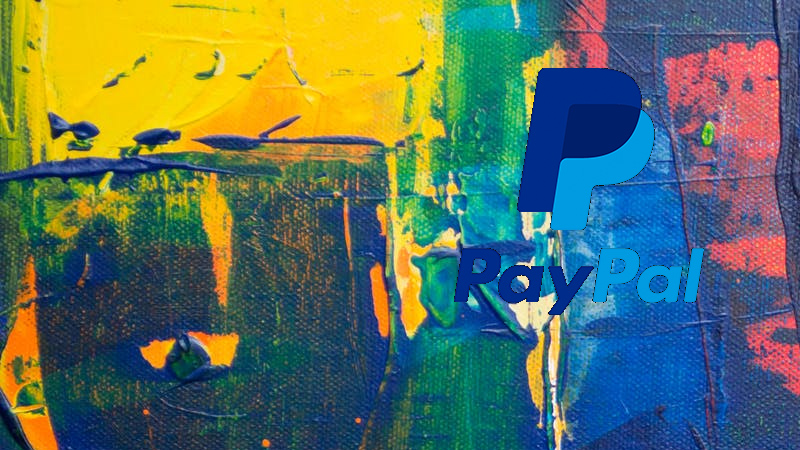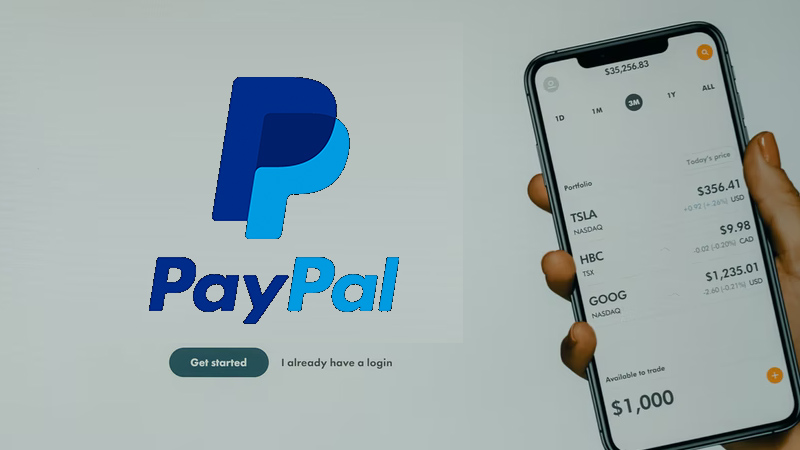How To Setup PayPal For Art Commissions

Art commissions allow artists to create custom artworks for clients while being paid for their services. With PayPal’s payment feature that allows any seller from anywhere in over 200 countries to be paid by buyers from anywhere in the world, it’s only logical to use PayPal to receive art commissions. Although most artists do not really know how to integrate PayPal into their business process as they do not know if PayPal can be used for art commissions hence, this brings us to ask if PayPal can be used for art commissions and how to set it up.
PayPal can be used as a payment method for art commissions for both digital arts and physical arts as it just depends on how you’d like to integrate PayPal into your art commission. You can use the request money option and create an invoice to charge your client of the commission amount.
While creating custom quality arts for clients, you can choose PayPal as your preferred payment method because PayPal allows you to create custom invoices with commission details. In this article, I’ll explain everything you need to know about using PayPal for art commissions.
Can You Use PayPal For Art Commissions?

PayPal can be used to make payments for virtually everything as long as the payment being made is for goods sold or services rendered. Due to PayPal’s buyer and seller security, it’s been termed the best payment service for both digital and physical products. The payment platform supports payments across 200 countries and 25 currencies hence, it’s only logical to integrate PayPal into your art commission business.
PayPal allows you to make custom invoices with commission details, irrespective of the kind of art you produce either digital or physical. This helps artists get paid for custom arts made for clients seamlessly by just sending the client an invoice and receiving the payment straight into your PayPal accounts.
The process of creating arts based on clients’ orders and receiving payments for these orders is known as art commissions. If you’re an artist and you have some masterpieces, you may be required by clients to create miniature versions of the masterpieces or even a revised version of the masterpiece. Creating art for a client with custom properties and qualities on the piece lets you put a custom price tag on this custom art style.
You can customize your art commission prices depending on how much customization or tweaking is done on the art. Your client may require specific colors, patterns, and sizes are used to match their subject like an interior design. In this instance, both parties will make payment agreements on how the prices will be, depending on the time spent in creating the piece and its brand value.
You can also ask for drafts or details your art project will be used in to help you make the piece compliant and create a masterpiece for your client to be able to bill them for the commission. Copyright issues need to also be discussed as this can alter the price of your commission to be higher or lower. Delivering the piece is also your responsibility as you have to keep a professional outlook throughout the project.
When it comes to charging your clients for commissions, PayPal is a good option to use as your payment solution because as discussed earlier, you can create your own custom invoice with the commission details.
PayPal provides its users with two different types of accounts which are: Personal PayPal accounts and Business PayPal accounts. You can use either of these accounts and set them up for your art commissions.
When you’re using PayPal to get payments for your art commissions, artists need to take extra precautions to be on the safer side. As an artist, you should have good communication with your clients and also make use of PayPal’s invoice to get your clients to make your payments. PayPal sees your piece of art as a “good” and you must use the invoice system to get paid for the good.
Make sure to comply with PayPal’s terms and conditions to have a smooth user experience while receiving your payments and getting paid. PayPal also considers the seller’s security so you need not bother about being secured by the platform.
Personal Or Business PayPal For Art Commissions?

Both personal and business PayPal accounts can be used for art commissions depending on your choice and how you want to run your art commission business. It is advisable that if you do art commission as a hobby, you should use PayPal’s personal account but if you do art commissions as a part-time or full-time job, you should use PayPal’s business account.
PayPal’s Personal accounts are used mostly for sending money between friends and families or to pay for goods and services online. People that do a couple of commissions within a year or month also use personal accounts so for people who do art commissions as a hobby, you can use PayPal’s personal account. While using your personal account for art commissions, your real name will be shown to the person sending you money as you can’t use a business name or logo with personal accounts.
You can also send art commission invoices with personal accounts so if you are using PayPal for your art commissioning business, you can use personal accounts to send invoices to your clients. Personal accounts only allow one person to maintain the account, unlike business accounts that give the option for multiple users to operate the account.
If you are focused on art commissions and you practice it as a part-time or full-time job, you should use business accounts. PayPal’s business account lets you show your customers your business name instead of your real name and also allows your business to add a logo.
You can also create customized invoices with your PayPal business account. These invoices can be sent directly to your client’s email with a call to action that prompts the client to make their payments for the artwork instantly from their email instead of them needing to log in to their PayPal account as done with personal accounts. This lets you set the price for your buyers, giving you full control over the price they pay, unlike personal accounts where customers have to type in the payable amount (you can also give customers the option of adding a tip using an invoice).
If you’re being patronized for digital art, make sure to include a disclaimer in the invoice that reminds the buyer that they’re purchasing a digital product and no delivery will be made. PayPal business accounts allow you to do this and also add your terms of services to the invoice to protect you from fraudulent buyers who might try to do a chargeback after paying for the art.
How To Set Up PayPal For Art Commissions

Setting up PayPal for art commissions requires enough care to be taken because PayPal will not hesitate to withhold your money or ban your account if it notices unusual payment behavior hence, follow the following steps strictly.
- Make sure to choose which account you’d like to use for your art commission business if it’s PayPal’s personal account or the business account. Remember, it’s advised that you use the personal account if you do commissions as a hobby, and if you do commissions as a full-time or part-time job, use the business account.
- If you have a personal account, you can ask your customers to pay you through goods and services or you can send them an invoice (this also applies to business accounts). Make sure to add the tip option and leave it open if you want to use an invoice for your art commission payment process.
- PayPal removes its share/fee from the price that’s being paid. The fee is highly dependent on the price being paid for the art product. It’s important to keep note that PayPal finds it illegal to make your clients pay for the fee as the fee is on your cost. PayPal will simply deactivate your account If it finds out that the fee was included in your commission price.
This is a consequence of breaking a rule in their terms of service.
- If you use a personal account for your art commission business, always ask your clients/customers to not include their address if they pay using “Goods & Services”. If addresses are added by your clients, PayPal will assume that physical goods have been ordered and need to be shipped. Although this might not affect you if the art you’re trying to sell is physical, as you’ll need a delivery service and you can easily use PayPal’s but if you’re selling digital art, you won’t require shipping hence why it’s advised to let your clients know not to add their addresses while they’re paying using “Goods & Services”.
There have been many payment scams in the past where clients will put in an address and then reclaim their payment because no physical product was delivered physically whereas the digital product had been sent to them already thereby making the seller lose the product and their money. You can avoid these kinds of scams by simply not allowing payments that include addresses.
Adhere to the above steps strictly to have the utmost user experience while using PayPal for your art commissions.
